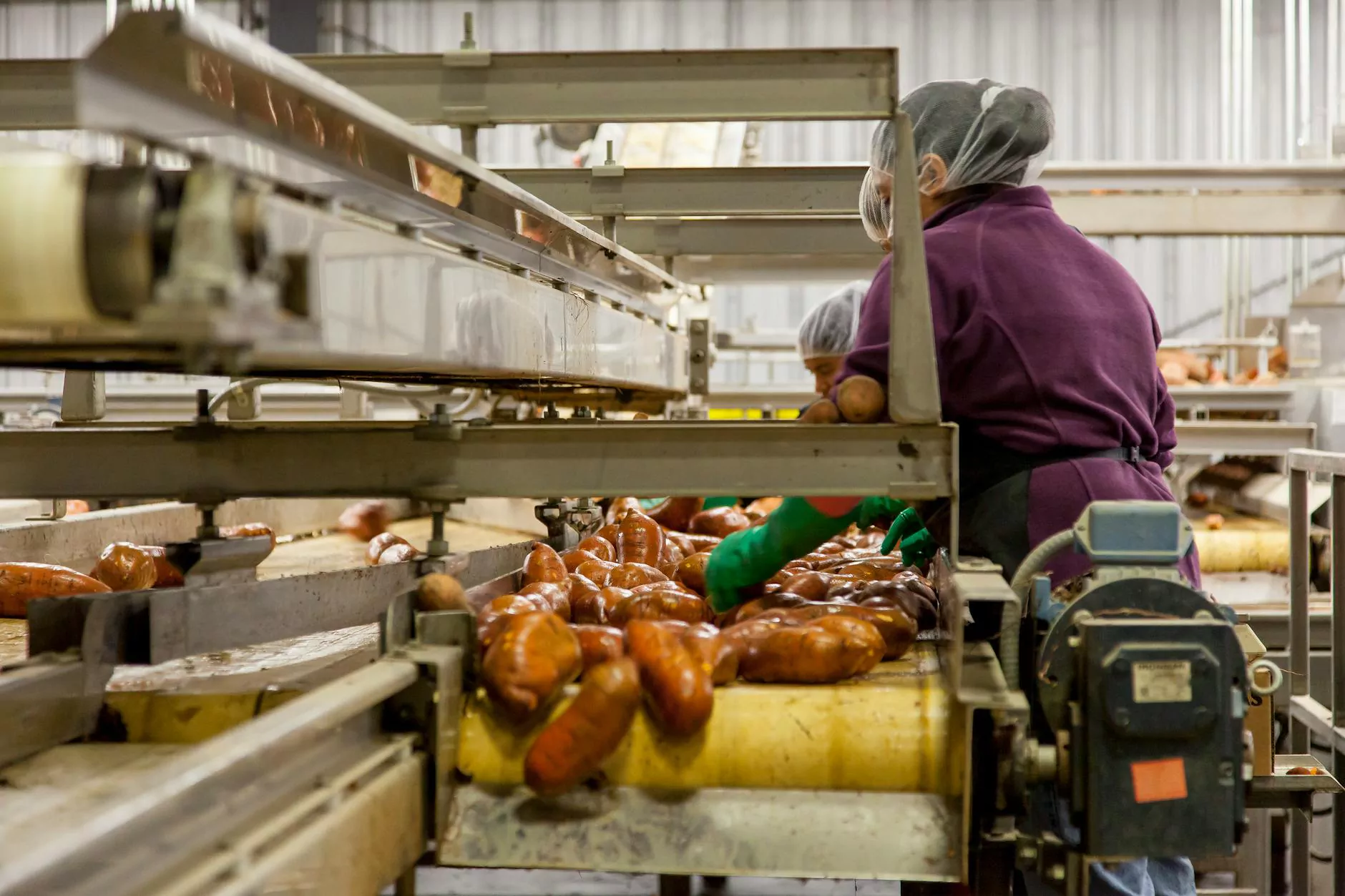Understanding Laparoscopic Right Salpingo Oophorectomy

The laparoscopic right salpingo oophorectomy is a minimally invasive surgical procedure that involves the removal of the right ovary and its associated fallopian tube. This advanced technique is favored by surgeons and patients alike due to its numerous benefits compared to traditional surgical methods. In this comprehensive guide, we will delve into the specifics of this procedure, including its indications, advantages, the surgical process, recovery, and much more.
What is Laparoscopic Right Salpingo Oophorectomy?
Laparoscopic right salpingo oophorectomy refers to the surgical removal of the right ovary (oophorectomy) and the right fallopian tube (salpingectomy). The laparoscopic approach uses small incisions and specialized instruments, including a laparoscope, which is a thin, lighted tube that allows surgeons to view the internal structures on a monitor. This method reduces trauma to the body and promotes quicker recovery.
Indications for the Procedure
There are several medical conditions that may necessitate a laparoscopic right salpingo oophorectomy:
- Ovarian tumors: Benign or malignant growths on the ovary may require removal.
- Endometriosis: Patients with endometriosis affecting the right ovary or fallopian tube may benefit from this surgery.
- Ovarian torsion: A twisted ovary can lead to severe pain and necessitate surgical intervention.
- Pelvic inflammatory disease: Chronic infections can damage reproductive organs, potentially requiring their removal.
Benefits of Laparoscopic Surgery
Opting for a laparoscopic approach brings several advantages:
- Minimally invasive: Smaller incisions lead to less pain and a reduced risk of infection.
- Shorter recovery time: Patients typically experience a quicker return to normal activities compared to open surgery.
- Less scarring: Smaller incisions result in minimal scarring.
- Reduced hospital stay: Many patients can go home the same day as the surgery.
The Surgical Process
The procedure for a laparoscopic right salpingo oophorectomy generally unfolds as follows:
Pre-Operative Preparation
Before the surgery, a comprehensive evaluation will take place, including:
- Medical history review.
- Physical examination.
- Imaging tests, such as ultrasound or CT scans.
- Blood tests to assess overall health and coagulation status.
Anesthesia
On the day of surgery, patients are usually given general anesthesia to ensure they remain unconscious and pain-free throughout the procedure.
The Surgical Procedure
The laparoscopic right salpingo oophorectomy can be outlined in several phases:
- Access: The surgeon makes a small incision near the navel to insert the laparoscope and inflate the abdomen with gas for better visibility.
- Inspection: The laparoscope allows the surgeon to view the ovaries and fallopian tubes on a monitor, assessing the condition and planning the procedure.
- Removal: Surgical instruments are inserted through additional small incisions. The right ovary and fallopian tube are carefully detached and removed.
- Closure: The incisions are sutured, and the gas is released from the abdomen before completing the surgery.
Post-Operative Care and Recovery
Recovery from laparoscopic right salpingo oophorectomy is generally swift, though individual experiences may vary. Here are key points to consider during recovery:
Immediate Post-Operative Care
- Patients are typically monitored for a few hours post-surgery before being discharged.
- Pain management is addressed with prescribed medications.
- Instructions for wound care are provided to ensure proper healing.
Recovery Timeline
Most patients can expect the following recovery timeline:
- Day 1-2: Rest and minimal activity are advised. Mild discomfort is common.
- Week 1: Patients can gradually increase activity, but heavy lifting and strenuous exercise should be avoided.
- Week 2-4: Many patients resume normal activities, including work, assuming no complications arise.
Potential Risks and Complications
Though laparoscopic surgery is generally safe, there are potential risks, including:
- Infection: Any surgical procedure carries a risk of infection at the incision sites.
- Bleeding: Though rare, excessive bleeding may occur and sometimes necessitate further intervention.
- Organ injury: There is a small risk of accidental damage to surrounding organs.
Long-Term Outcomes and Considerations
Following laparoscopic right salpingo oophorectomy, patients can expect a good prognosis, particularly in cases where the procedure addresses serious conditions effectively. Regular follow-up appointments are essential to monitor recovery and ensure overall health.
Emotional Well-Being
The removal of reproductive organs can evoke emotional responses for some women. Support from family, friends, and healthcare providers can play a crucial role in helping individuals cope with emotional and psychological aspects associated with this surgery.
Conclusion
In summary, the laparoscopic right salpingo oophorectomy is an effective and minimally invasive surgical option for managing various gynecological conditions. Its many benefits, including reduced recovery time, minimal scarring, and lower complication rates, make it an appealing choice for women facing surgical intervention. If you are considering this procedure, it is essential to consult with a qualified healthcare provider to discuss your options and tailor a treatment plan that aligns with your needs.
For more information on laparoscopic procedures and to connect with expert gynecologists, visit DrSeckin.com.



